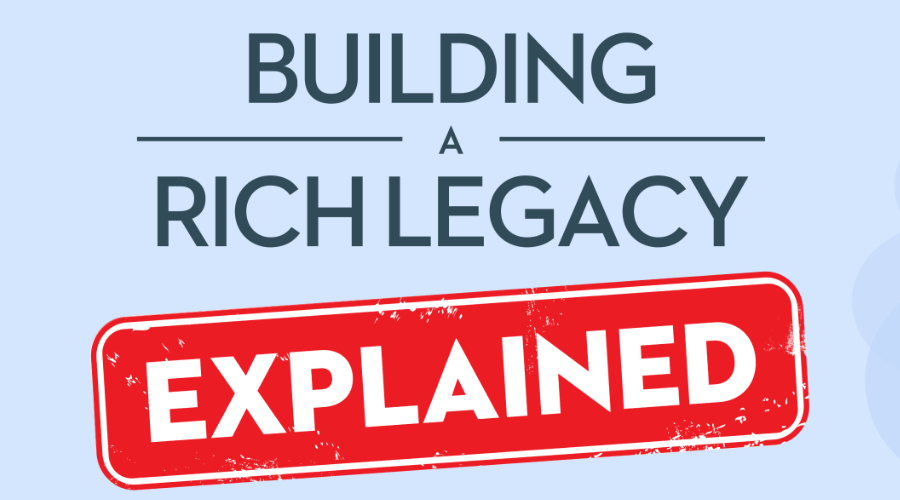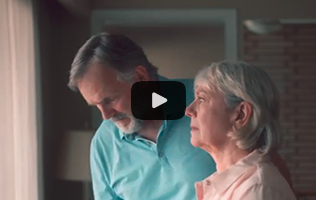By Joyce Wayne
This spring, the World Happiness Report released its latest country rankings. Whether you’re young or old, these are the ten countries where people rated themselves as happiest and most satisfied with their lives:
- Finland
- Denmark
- Iceland
- Sweden
- Israel
- Netherlands
- Norway
- Luxembourg
- Switzerland
- Australia
Canada ranks 15th, between Austria and Belgium, which is not bad, particularly when compared to the United States, which comes in at 23rd. Since 2019, Finland has been ranked the happiest country in the world, even though it is cold and dark much of the year.
A Finnish psychology expert describes why the country is happier than any other by focusing on three things Finns never do:
- We don’t compare ourselves to our neighbours
- We don’t overlook the benefits of nature
- We don’t break the community circle of trust
Certainly, Canadians could emulate these ‘never do’ habits, but it’s hard to do. First, we live atop the wealthiest and most powerful country in the world, and although we’re happier than Americans are, it’s tricky not to compare ourselves to them. The U.S. dollar is worth more than ours; there are many more billionaires there than here, and the U.S. sets our standards for financial success and employment statistics. In early April, Canada’s unemployment rate jumped to 5.1 percent, while the U.S. unemployment rate fell to 3.8 percent.
These statistics can make us miserable if we let them. Yet, the Finnish try to concentrate less on hard, cold facts and more on how they treat each other. Today, when I compare the social climate in Canada to that in the U.S., I’m relieved that I live here. Living there would mean dealing with a terribly contentious election, mass shootings, and crime numbers that curl my hair.
Instead, let’s concentrate on what we get right in Canada:
- The Canada Health Plan still takes care of most of our health needs.
- In Ontario, a drug plan for those over 65 covers almost all of our pharmaceutical needs.
- Well-financed and secure Canadian and Provincial Government pension plans cover much of a household’s daily needs.
Still, emulating the Finns is worth doing. Their strengths revolve around being kind and concerned about each other rather than focusing on competition. As we age, keeping the community circle of trust together begins to matter most.
Dealing with Loneliness: A Public Health Challenge
In The Toronto Star, reporter Moira Welsh writes, “We need to start treating loneliness like a public health challenge.” As Canada grows older, “research shows that older Canadians, many with an exceptionally lonely, isolated existence that can lead to debilitating conditions, psychologically and physically.”
Different types of loneliness
There are different kinds of loneliness. The most common is social loneliness, which is the feeling of not being part of a desired social network. Next is emotional loneliness, which usually occurs from the loss of a partner, relative, or close confidante. The least common is existential loneliness, which is due to trauma or disease. As we age, most of us will experience one or more forms of loneliness at some point.
“Among all age groups, the drain of loneliness and social isolation on individuals, communities and health resources is well documented, leading to the U.K. government’s decision to create Minister of Loneliness in 2018. After a spike in suicides during the pandemic, the Japanese government followed in 2021. Last fall, U.S. surgeon general Vivek Murthy released a report called ‘Our Epidemic of Loneliness and Isolation,’ highlighting the “healing effects of social connection and community,” reports Welsh.
Health Risks of Social Isolation
Research shows that loneliness or social isolation can be linked to an increased risk of dementia, heart disease, stroke and death. A decade ago, an American researcher equated the health impact of social isolation to smoking 15 cigarettes a day.
The Commonwealth Fund reported that of the 11 countries surveyed, including the U.S. and the U.K., “social isolation is highest among Canadian seniors, especially women living alone.”
When asked about these issues, Canada’s Minister of Labour and Seniors Seamus O’Regan, replied: “As more seniors choose to age at home, it is important that they have access to social activity and community.”
However, there are solutions. Not surprisingly, the Finns are excellent at dealing with loneliness, combined with most aspects of ageing. The country has a rapidly ageing population, with a massive decline in the birth rate.
According to The Guardian: “The number of Finns of working age is expected to fall by around 200,000 by 2050. As a result, the demand for and cost of care services are growing while tax revenues are decreasing, leading politicians to warn that the Nordic model of highly state-funded cradle-to-grave social care will no longer be affordable.”
Aging at Home with virtual lunch groups
Still, the Finns have devised an inexpensive method of helping older Finns age at home: virtual lunch groups. They are set up to ensure that older people receiving home care services eat regularly and at the right time. The moderator checks that all the participants have their meals prepared and warmed up. Some have soup, and others have pre-prepared meals delivered by home care services. It’s simple, effective, and inexpensive to deliver this at-home free service.
“The virtual lunch group is one aspect of Helsinki’s remote care – where clients have a tablet that links up with remote care nurses in a service centre. Remote care appointments are set up to check on clients throughout the day and to make sure they take the relevant medication. There are 800 home care clients, and nurses carry out 24,000 remote care visits a month.”
Not only does the virtual lunch group encourage clients to eat well and on time, but the participants enjoy the daily company and conversation. With Canada’s growing population of older adults and the governments hesitancy to increase spending on older people, this could be a way to make us happier and less lonely. In the years to come, we might even notice our happiness score rising closer to Finland’s.































